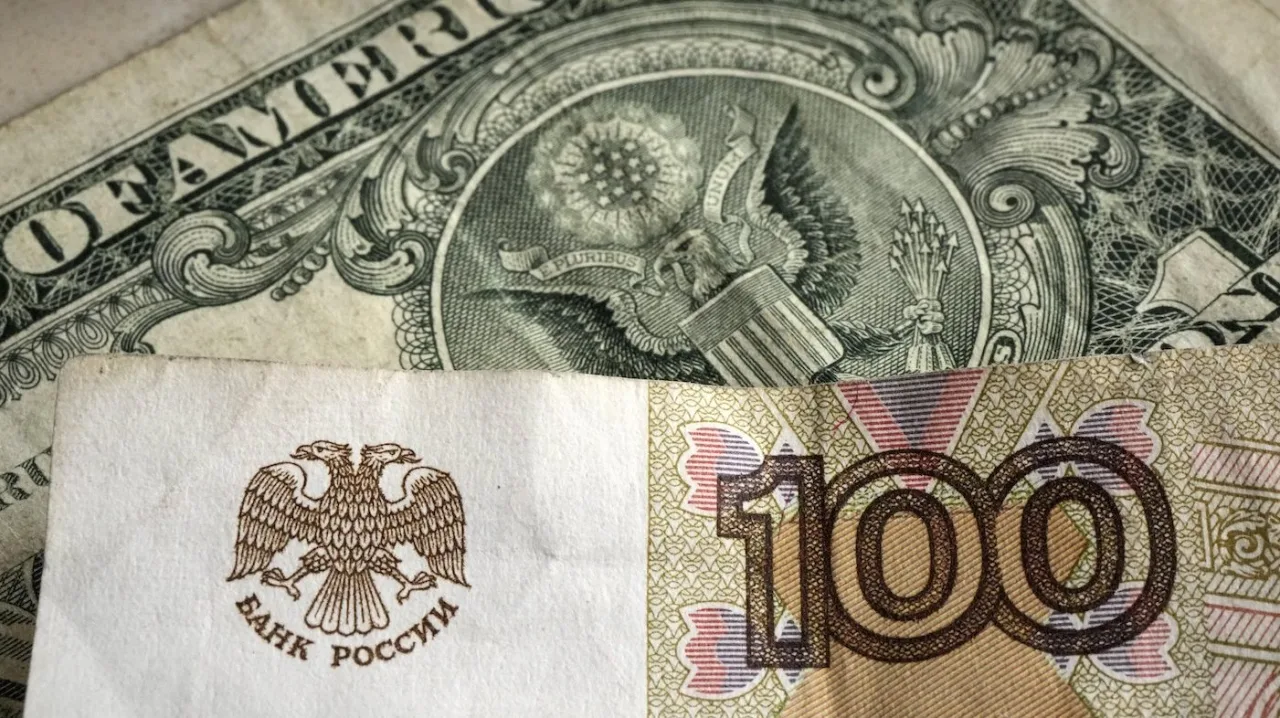The Russian ruble has dropped to its lowest exchange rate against the US dollar in a year due to lower foreign currency inflows and reduced export revenues. This article examines the reasons behind the decline and its implications on the state budget and import volumes.
The Russian ruble has recently experienced a significant drop, reaching its lowest exchange rate against the US dollar in a year. According to data from the Moscow Exchange, the ruble slipped to over 84 rubles against the dollar, marking the weakest rate since April 4, 2022. Furthermore, trading data revealed that the ruble also fell to more than 90 against the euro for the first time since April 28, 2023. In this article, we delve into the reasons behind this decline and its implications for the Russian economy.
Reasons for the Ruble’s Decline:
Market experts attribute the decline of the Russian ruble against Western currencies to the imbalance caused by lower foreign currency inflows and reduced export revenues. The insufficient inflow of foreign currency into the market has created an imbalance, leading to the weakening of the ruble. Dmitry Babin, an expert from BKS Mir Investment, stated that the decline in export earnings, mainly due to relatively low oil and gas prices, is a key factor contributing to this situation.
Implications for the State Budget:
The deficit in the state budget has been exacerbated by the lower foreign currency revenue inflows from exports. This decline in revenue has resulted in reduced funds available for government spending and investment. The outflow of currency as companies build new supply chains to purchase more products from abroad has further impacted the state budget. It is important for the government to address this deficit and implement measures to stimulate export growth and attract foreign currency inflows.
Impact on Import Volumes:
Simultaneously, import volumes have rebounded to the levels seen in 2020-2021. The weakening ruble makes imports more expensive, which can have implications for the overall economy. As the cost of imported goods rises, consumers may face higher prices, leading to decreased purchasing power. Additionally, businesses reliant on imported raw materials or components may experience increased production costs. To mitigate these effects, it is crucial for the government and businesses to explore opportunities to promote domestic production and reduce dependency on imports.
Free Speech and Alternative Media are under attack by the Deep State. Real News Cast needs reader support to survive. Please Contribute via GoGetFunding



